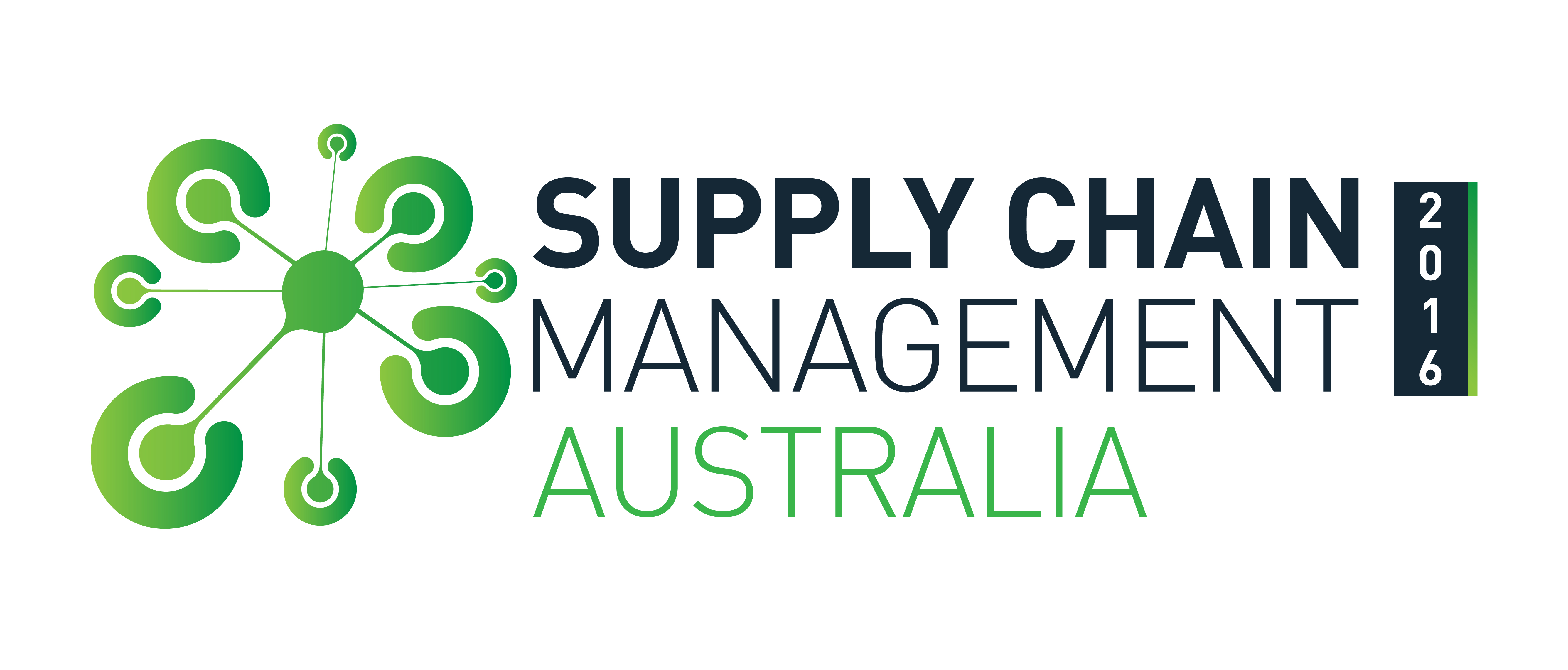How is your organisation adapting it’s supply chain to changing consumer expectations?
Target’s plan for a retailing future that marries its stores and online sales is being tripped up by a supply chain from the past. The Minneapolis-based discount chain is moving away from a largely one-size-fits-all model towards one that can be customised to give each of its 1800 stores tailored layouts, product selections and ordering patterns. But that approach is being stitched on to a distribution system designed before e-commerce demanded that its stores also become local distribution centers and showrooms for online customers.
 Now, Target is racing to modernise its supply chain operations to handle all these jobs as it addresses problems that cropped up during the transition. In recent quarters, Target has struggled with inventory shortfalls as it tried to cater to online and in-store shoppers at the same time. “The systems were built to continue to replenish as a normal store,” Target chief executive Brian Cornell said recently. “Now, we’re shipping from stores. Now, we’re trying to localise items. It has added greater complexity.”
Now, Target is racing to modernise its supply chain operations to handle all these jobs as it addresses problems that cropped up during the transition. In recent quarters, Target has struggled with inventory shortfalls as it tried to cater to online and in-store shoppers at the same time. “The systems were built to continue to replenish as a normal store,” Target chief executive Brian Cornell said recently. “Now, we’re shipping from stores. Now, we’re trying to localise items. It has added greater complexity.”
Target set up a supply chain action team to work on the lack of inventory, which has improved in recent months. Much of that work has been to better understand the flow of goods in and out of its distribution centers. The problems Target is addressing within their supply chain and logistics operations are common challenges to many other large enterprises in Australia and professionals keep searching to adapt their strategies to today’s new reality.
So, how is your organisation adapting it’s supply chain to changing consumer expectations?
At the Supply Chain Management Australia 2016 conference, being held from 24-26 May in Sydney at the Aerial UTS Function Centre will gather leading minds from Unilever, Santos, Staples, UGL Limited, Fuji Xerox and many others to learn how to develop demand forecasting strategies in order to achieve a competitive advantage, how to build agile operations to meet different and more complex customer expectations, to ensure operational supply chain efficiency through better collaboration strategies and many more.
The conference will bring together senior supply chain and logistics professionals from across all industries. Attending this conference is a great opportunity to learn how your organisation needs to face the growing complexity within customer expectations and to achieve this in a more time efficient way.
If you work within the Australian logistics and supply chain sector this is a not to be missed opportunity to meet senior level professionals from right across the industry to help you achieve better supply chain and logistics outcomes in your organisation.
